Media | Articles
In the Moment: How do afterburners work?
Welcome to a regular feature we call In the Moment!
A while back, Hagerty editor-at-large Sam Smith began kicking off our mornings by plopping a random archive photo into our staff chat room. His descriptions of those photos were fun, so we ran them as irregular columns.
These days, Sam writes ITMs specifically for publication. Often while drinking too much coffee and going rhetorical walkabout. Enjoy, and let us know what you think in the comments! —Ed.
***
Marketplace
Buy and sell classics with confidence
I rode on an airliner yesterday. A Boeing 757 from Atlanta to San Diego, seat 17A. We went fast. I ate candy.
Airliners typically cruise at 500 mph. At that speed, more than six miles above the earth, I opened a large bag of Sour Patch Kids and slapped buttons on the seatback until its screen began to spew Top Gun: Maverick.
Airplanes are good, folks.
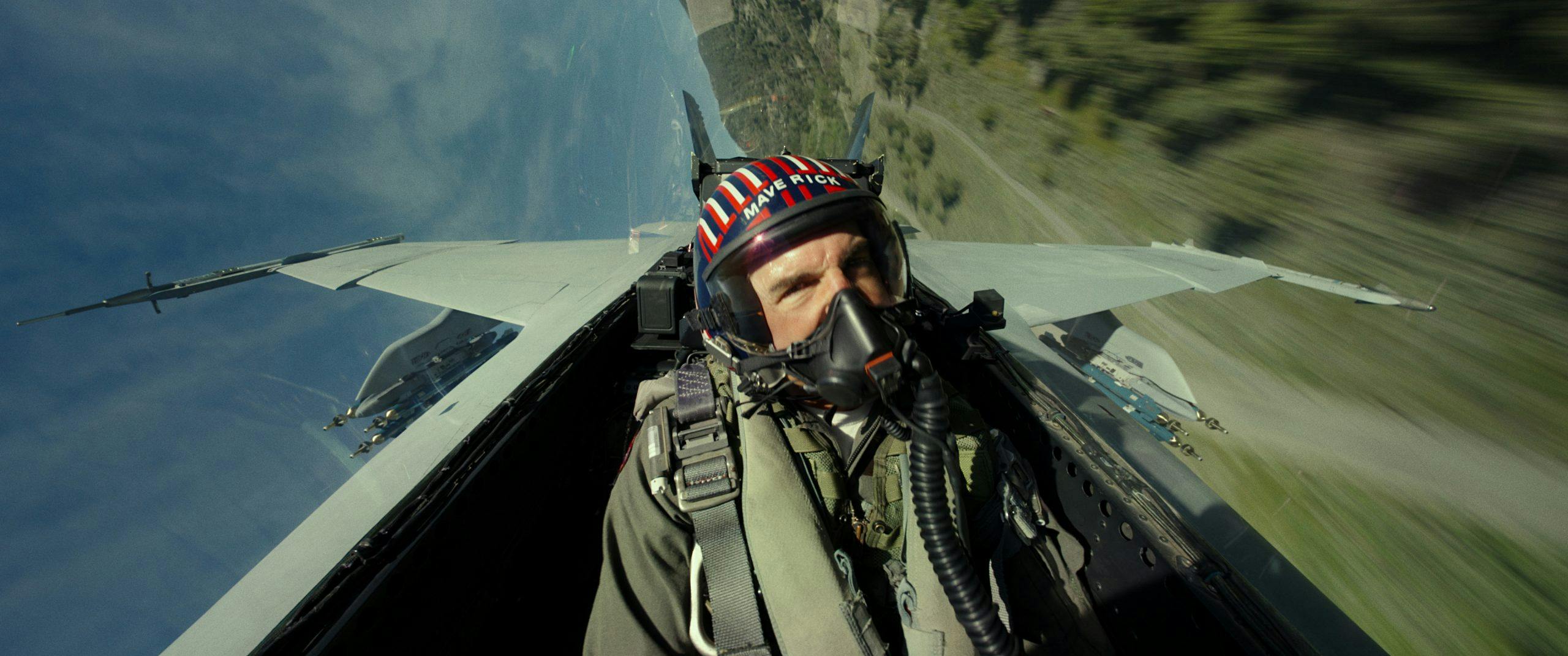
Being a person of certain persuasions, I have seen this film four times. There was also that one late night where I absolutely destroyed an entire box of bacon-cheddar Cheez-Its while half-watching the movie on fast-forward, skipping earthbound plot for the bits where an airplane goes BANG ZOOM WEEEOOOWWW and Tom Cruise extrude-acts every one of his emotions directly into a pair of blazing afterburners.
Afterburners are also good.
This column usually focuses on a single image from automotive history, pulling apart the story behind the photograph. Those photos come through Hagerty’s corporate subscription to the Getty Images wire archive. Getty’s archive runs back to the beginning of the last century, so almost nothing on wheels is out of bounds. I dig into memory for search terms, flipping through a dozen topics and a few hundred shots until something strikes a chord.
Today, that process began with the death of a Welshman. An individual who, in the late 1920s, drove a four-wheeled brute to a speed record on a beach in Wales simply to see if he could, but was later killed in a gruesome crash while trying to repeat the feat.

John Parry-Thomas died in 1927, at a place called Pendine Sands, in a chain-driven, 27-liter beast. The sole seat in his absurd and wonderful device sat just above two exposed drive chains and only a few feet behind behind the spinning crankshaft of a 450-hp Liberty V-12.
Big sucker. Airplane engine. Not to be trifled with.
That speed record clocked in at just over 171 mph.
Parry-Thomas named the car Babs. The crash that took his life nearly killed her as well, leaving the car mangled beyond recognition. A short while later, on that very beach, Babs was simply pushed into a deep hole in the sand and left to rot for decades.
We will one day go deeper into the story of those two, not least because it is romantic and evocative and, in the end, the best and most uplifting kind of sad.
For now, however, only two things matter:
1. The Liberty V-12 was designed for aviation use in World War I, and
2. A decade later, it remained formidable.
Some answers just solve certain problems so well, they stick around longer than anyone would have guessed. By 1927, that Liberty was no longer state of the art, but it continued to offer a potent combination of durability, cost, and enough power to bludgeon a brick wall of a car through the air at 249 feet per second.
So there I sat, in that Getty tab in my browser, gazing into a shot of a rotting Babs. After a while, I went back to the search window. I typed the words “plane engine car.”
Getty’s archive can be dangerous. It often holds more on a subject than you expect.
Good people, you do not want to know how long I spent looking at pictures of afterburners.
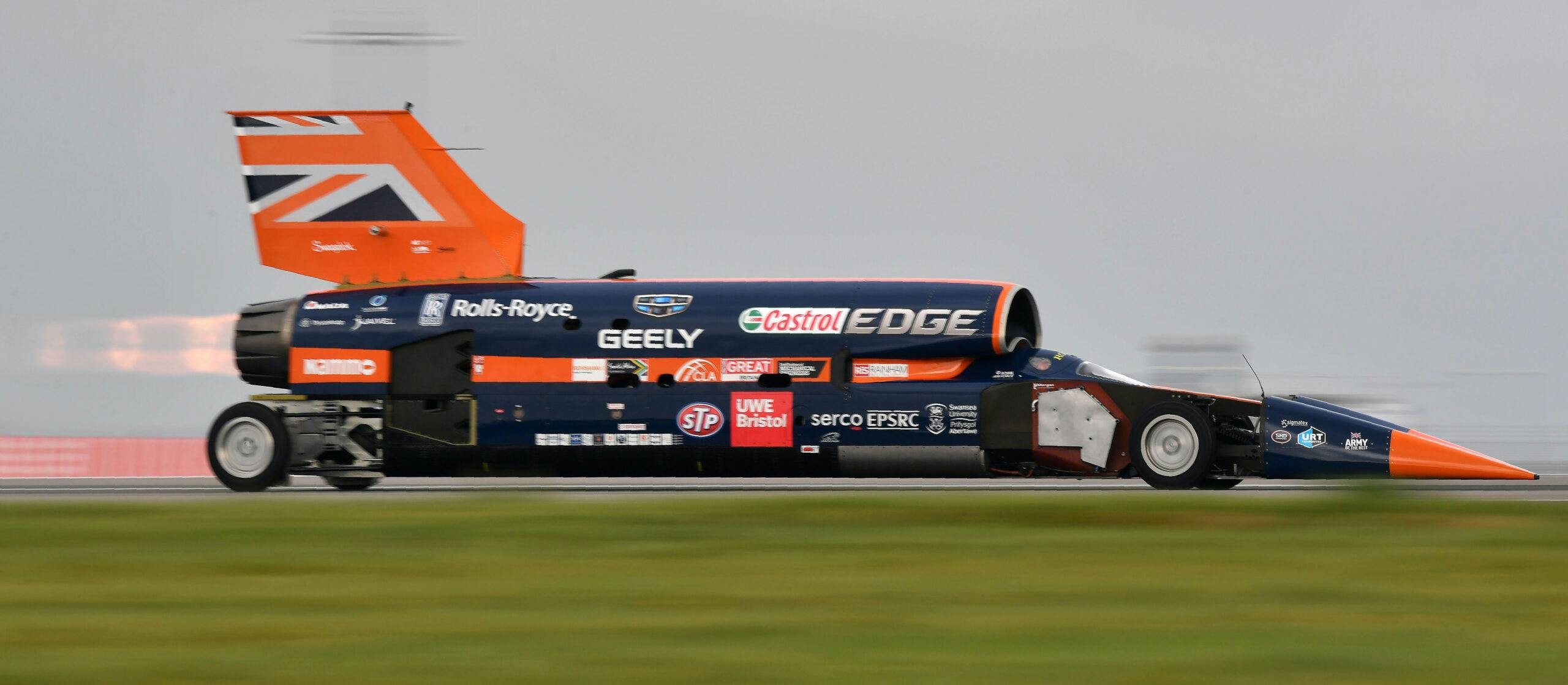
Aviation powerplants have been bolted, crowbarred, and whip-and-chaired into land vehicles for as long as there have been airplanes and roads. Credit the economics of federal R&D and postwar surplus. We are talking here about substantial government machines, extreme output and hulking physical presence paired with low mechanical stress and fantastic durability.
Most important, over the last century, ex-military aviation engines have often been sold to the public for pennies on the dollar. Especially in the years immediately following a war.
Surplus Libertys were early days. By the late 1940s, civilians on both sides of the Atlantic were buying new-in-crate, 1500-horse P-51 engines for $50 apiece. A virtual eyeblink later, the open market was gifted a virtually immeasurable number of ex-government turbines, many of them afterburning.
A jet engine, spitting fire, to go faster.
I had planned here to discuss Parry-Thomas. Then I got sidetracked by all that fire, because I am in so many ways just a seven-year-old boy in the body of a 42-year-old and so what if I am, really, to hell with it.

If you love dramatic physical representations of engineering, if you thrive on stories of problem-solving in the face of the unknown, aviation is a font. Your narrator has been known to dive into airplane-nerd discussions for hours, usually at bars with friends, often around such fascinating topics as Can We Talk For a Moment About How Great is the High-Bypass Turbofan, or Lookit This Supersonic Wave Pattern, or even, in weaker moments, the realm’s greatest hits, such as The Time Ol’ Drawly Nearly Superburned Into the Mojave Farm and Have You Ever Really Considered the Insanity of the SR-71’s 93-percent Titanium Construction?
It is primal, this enjoyment of bright and fast stuff that could kill you. In the end, we are all still apes in shirts, born of caves and grunting, forever drawn to speed and light.

***
Suck, Squeeze, Bang, Airflow
To discuss the workings of the great and powerful plane-flame, we must first discuss the machine to which it is attached. Every air-breathing jet engine is basically a tube. Air comes in the front. Once inside, it is punched around a bit, mixed with fuel, and burned. The exhaust from that burning exits out the back of the tube in a hurry. If the force of that exit is great enough, it can move the tube forward.

If that’s enough description for you, feel free to aimlessly scroll the rest of this page and bask in shots of airplanes with flame out the tooter.
Not enough? Great! Witness the glory of the guts of the tube:

This drawing depicts a generic jet engine. The term is a colloquial shortening of the device’s real name, turbojet. Most thrust-generating aircraft powerplants are now a more efficient evolution of the type, a turbofan, but that’s a discussion for another time.
Even at the extremes of the species, a jet engine is a relatively simple machine. And yet so much happens inside.

Air enters from the left (1). It meets a complex section of components not unlike a series of mutant ceiling fans (2, 3). Those “fan” rows spin on a central shaft. Each row holds multiple blades, and each blade is radial airfoil—in cross-section, it resembles the wing of a plane.
Designed and arranged just so, airfoils can do neat and useful things with passing air. In this part of a jet engine, those spinning rows of blades accelerate and compress that air.
The air is spat aft, to the right. It enters a chamber (4) where it is mixed with a small amount of a fuel much like diesel, then ignited and burned.

That combustion produces pressure and exhaust gases. Those gases want to keep moving; they are funneled further aft, toward the tube’s exit (its nozzle). On their way out the back, they pass through a turbine (7), essentially another fan. That little speed bump absorbs some energy—the gases cause the turbine to spin—but they still exit the engine with great force.
Here’s the really neat part: Once a jet is running, it helps itself. The turbine and compressor are connected by a central shaft. When exhaust gas turns turbine, it turns those blades up front, which then compress more intake air, which perpetuates the whole cycle.
To start this kaboodle on the ground, you simply use a power source to get the shaft spinning, feed the combustion chamber fuel and spark, and boom. When the engine lights, the spark can stop; as in a diesel, the fuel ignites from pressure and heat.
With great power, as Isaac Newton said, comes great Spider-Man. More to the point, exhaust gas has mass. The engine has accelerated that mass in a single direction.
Newton’s third law of motion says that every force in nature has an equal and opposite reaction. In this case, the reaction force is called thrust. And so, if the math is right, the gas goes one way and the airplane goes the other, bing bam boom, your jet moves the plane.
Thrust is expressed in terms of pound-force, or pounds for short. A single CFM LEAP turbofan on a modern Boeing 737 might be capable of 25,000 pounds of thrust. One engine on an F/A-18 Super Hornet can give up to 17,000.
Consider the Cessna 172. With more than 44,000 examples built, it is the most common aircraft on earth—competent and piston-powered, first engineered in the 1950s. A good one will cruise at 140 mph. With the right prop, a 172 might make 500 pounds of thrust. Remarkably, next to a good turbine, the Cessna’s engine has more moving parts and more ways to fail.
There is so much cool trivia. Data for modern military aircraft is naturally thin on the ground, but civilian airliners are a different story. The General Electric GEnx turbofan used on the Boeing 787-10 Dreamliner can produce more than 76,000 pounds of thrust on takeoff. Its front fan is more than nine feet across. Its high-pressure stage has an overall compression ratio of more than 58 to 1. The engine can eat more than 2600 pounds of air per second. It is one of the most reliable and efficient machines on earth.
The first practical jets, developed in Germany in World War II, gave a pressure ratio of around 3 to 1 and just under 2000 pounds of thrust. The Pratt & Whitney JT9 of the 1960s—Boeing 747, McDonnell Douglas DC-10—gave nearly 27 to 1 and around 50,000.
The Dreamliner is a glorified air train. Consider how far we’ve come with the military hardware they won’t tell you about.
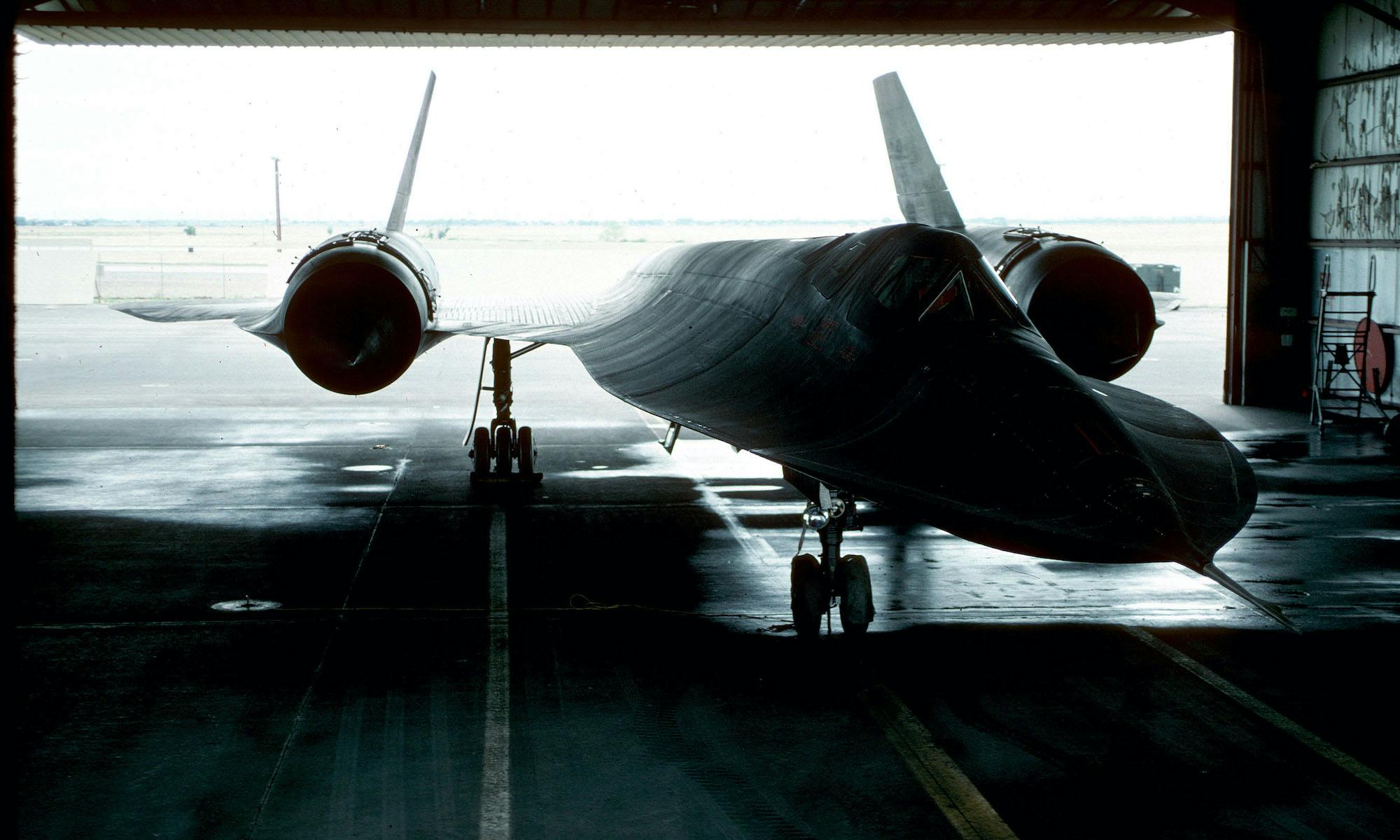
Most people simply buy the ticket, take the ride, write the rest off to magic. Take a few minutes to understand the basics, though, you get something far better: A fiendishly clever invention, perpetually evolved and improved, that continues to make possible the world as we know it.
***
And Then We Made it Hot Like Love
So we have this tube, then. Its efforts cause the plane to move. But what if you need more?
Well, you can make the tube larger, have it push more air and fuel. This is not always practical. On top of that, jet engines are internal-combustion devices, inefficient by nature. A typical turbojet burns only about half the oxygen it breathes. Temperature control is a problem: Burn more oxygen, you produce more heat.
Even with exotic materials and modern cooling techniques, the turbine at the back can only get so hot and remain in one piece.
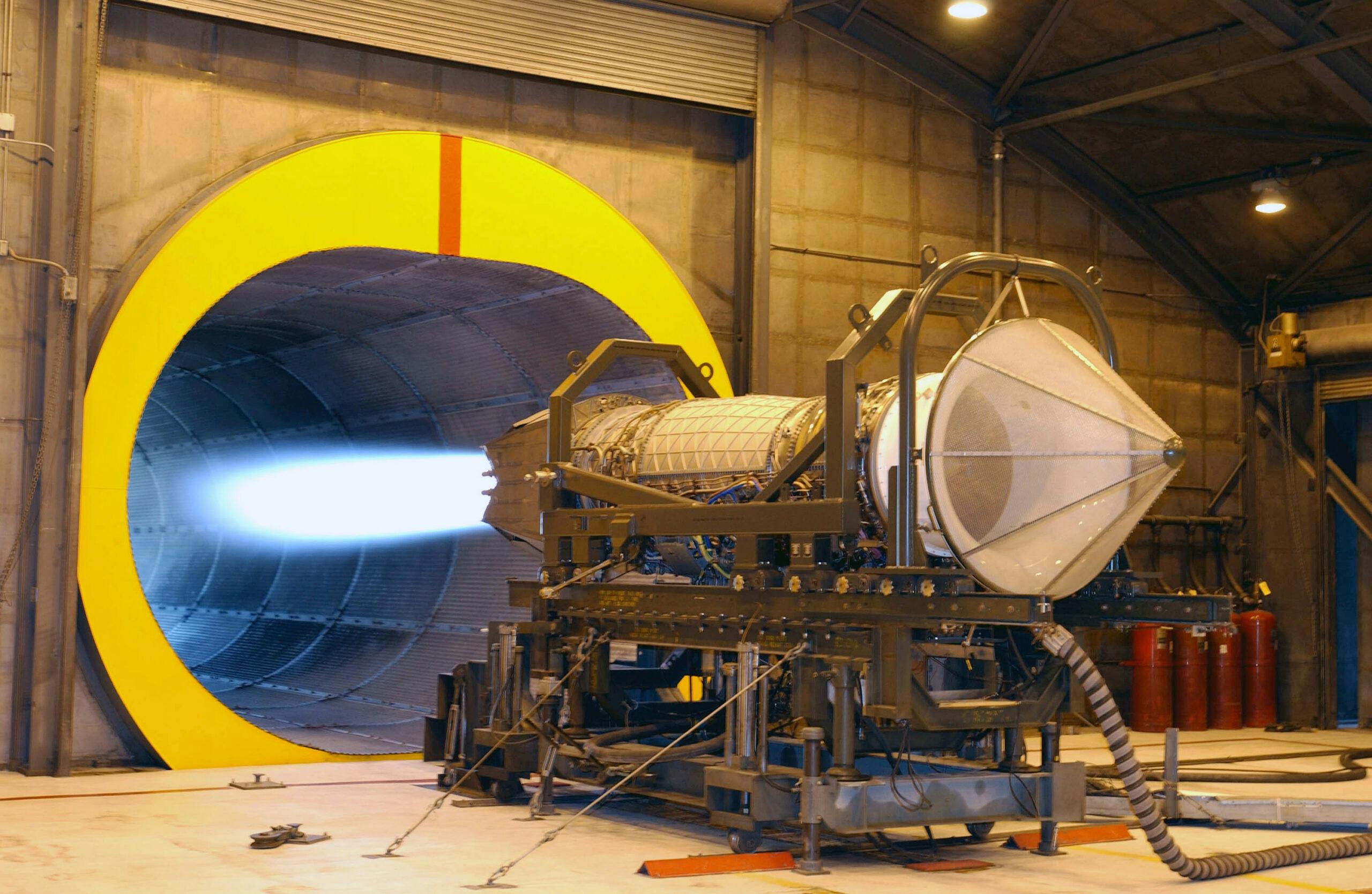
An afterburner is, as the name implies, a burning after that. Downstream from the turbine, where temperature is less critical.
The how is almost primal. Raw fuel is dumped into the jet’s exhaust stream, where it mixes with much of the remaining oxygen and ignites. Flame and fat thrust and a few thousand degrees Fahrenheit result. Pilots say viewing it up close is like eyeballing the sun. The process is horrendously inefficient and thus hard on fuel consumption but still useful as hell.

Engineers call it reheat.
The extreme fuel use puts a cap on operating time. The Concorde supersonic airliner lit burners only for short periods on takeoff and while accelerating through the sharp rise in drag near the speed of sound. Most military jets reserve reheat for takeoff, emergency maneuvers, and quick transitions to supersonic flight.
In other words, it’s a Swiss Army knife to—as every Top Gun film has said to date—“do some of that pilot sh*t.”

The principle here has been utilized by humans for centuries. As NASA puts it, the idea is not simply flame or jet thrust but “appreciably improving the efficiency of an engine by reheating the working fluid after it has partially flowed through the engine.”
Short version: When we can whip the mule no more, we make it whip itself.
Many road and race cars take advantage of reheat; steam engines were on that train (Groan —Ed.) as early as the eighteenth century. Like the jet engine itself, the afterburner was made practical during World War II. Early turbojets were underpowered, heavy, slow responding to throttle, and unable to take much internal heat. They were also problematically large when designed for practical thrust.
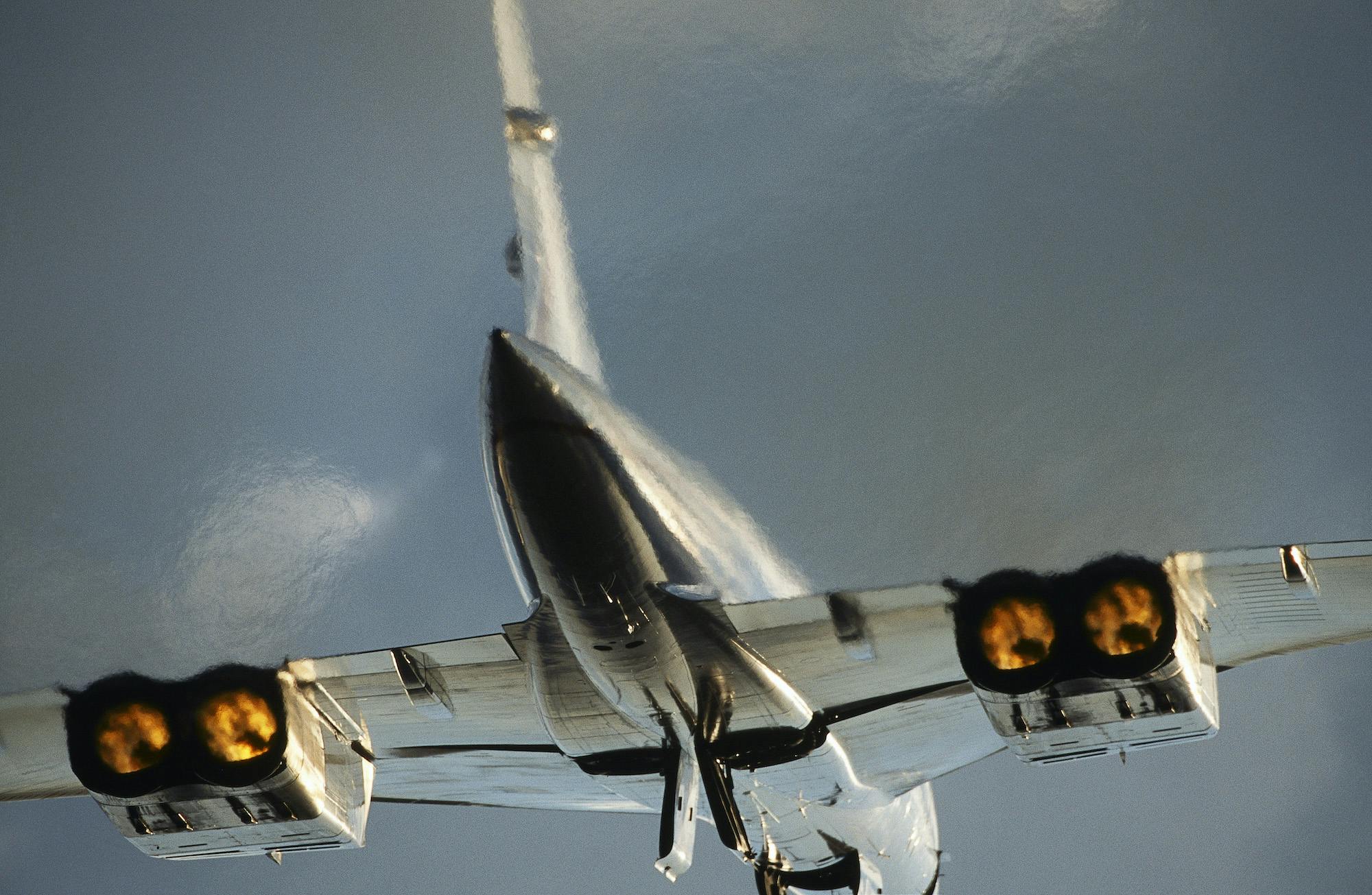
Naturally, during the war, jet development occurred on both sides of the Atlantic. The Germans made strides until the money was needed elsewhere. In America, the first working turbojet was the General Electric I-A of 1942. Ryan Aeronautical—the builder of Charles Lindbergh’s Spirit of St. Louis—began afterburner research the next year. NASA’s predecessor, NACA, started its own research in 1944. Ryan had a functioning prototype by 1946.
A modern afterburner can boost thrust by as much as 40 to 70 percent. Imagine! All that power at the nudge of a control, the hand of God flicking you across the sky!
NACA’s first reheat experiments used the GE I-A. That engine made 1250 pounds of thrust sans burner. Reheat on, early prototypes made a whopping 1300 pounds.
Things escalated quickly.
By the 1950s, many high-performance military jet engines remained finicky and unreliable. The afterburner was closer to its modern form. Even now, the technology is basically just a series of holes that dump raw fuel. The main improvements have come in efficiency and cooling—engineers working to improve the burn while sneaking the process right up against the melting points of the metals at hand.
That last sentence hints at the challenge of evolving a system like this. Creating and maintaining a stable flame in a jet exhaust is not simple; ignition must take place over and over in air that moves at hundreds of feet per second.
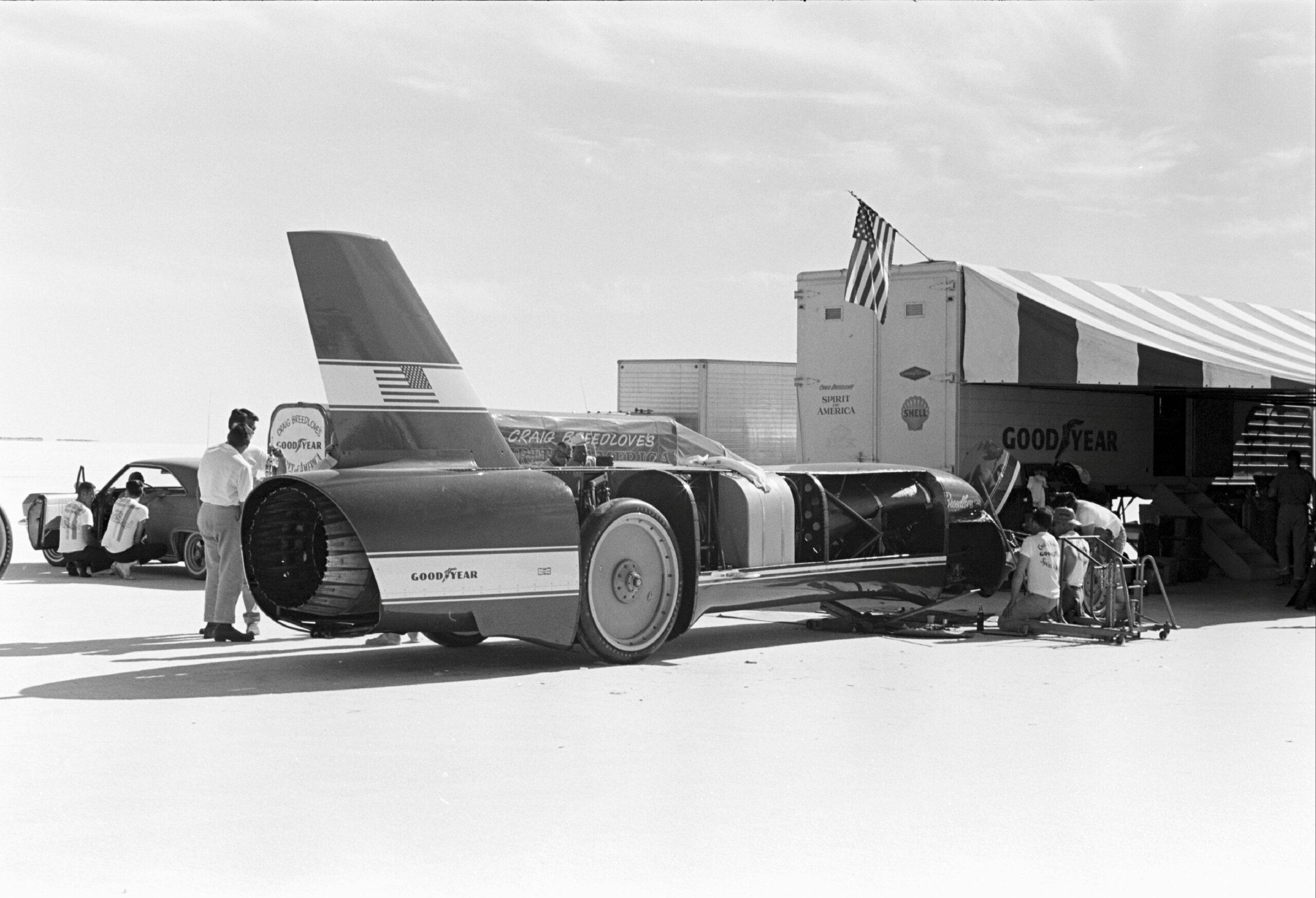
In something like an F-16, the fuel “dumpers” are a series of rings, each feeding the flame through hundreds of holes. Those rings light off sequentially, one after the other, so as not to “flood” the engine, in a sense. If an engineer gets their placement or temperature control even a tiny bit wrong, raw fuel will simply whistle out the back, unlit.
The engineering language gives me nerd giggles. Terms like diffuser cone and flame holder and flame stabilizer.
A while back, I got lost in a 1978 Caltech paper on the subject. A few cuts from that work:
Nozzles with variable-area throats are necessary to accommodate the large total temperature changes produced by afterburning.
Makes sense, no?
The mixing zones on either side of the recirculation zone are turbulent regions of very strong shear, steep temperature gradients, and vigorous chemical reaction.
Totally, right? I mean, what else would happen there?
…the liquid [fuel] jet enters the gas stream in a direction perpendicular to the undisturbed flow direction. The jet penetrates some distance into the gas stream before its momentum is dissipated. The airstream tears the jet apart and produces droplets with diameters of micrometer size. Heat transfer from the hot gas stream then vaporizes the droplets.
Mrs. Robinson, are you trying to seduce me?

***
Concorde aside, airliners do not get afterburners. Still, those airplanes are how most people meet flight. So some of us geek about them, and maybe we daydream about strapping a set of burners onto a pair of GEnxes and having one hella-funky bad-fast 787 for a few minutes, or maybe even just a few seconds, until the whole thing yard-sales itself across a time zone because the airframe was designed for far less stress.
As with so much of what we discuss on this site, the dreaming is half the fun.
Remember those drinking discussions where I go full airplane dork with friends? One of those people is my old pal Michael Chaffee. A curious and smart car and motorcycle person who takes great joy in systems and machines.
“Commercial aviation,” Chaf said once, over cocktails in my kitchen, “is probably the greatest engineering achievement of the modern world.”
He picked up his glass, eyeballing the middle distance like Moses on the mount.
“Yes,” I said.
“True fact,” he said.
“Do not bogart the Cheez-Its,” I said.

Safety, efficiency, speed, infrastructure, dependability—our international system of airborne people movers is remarkable not for what it achieves every day, but for the routine and uneventful manner in which 99.9 percent of those achievements take place. All while the human cargo remains generally unimpressed. Perhaps it’s the lack of reheat, but riding a 757 across the country feels little like the tube-powered and fragile physics marvel it is, and far more like a particularly nice Greyhound bus.
I most enjoy this dichotomy while watching airplane movies. Which is why, to pull a genuine old-man move and reference a 14-year-old Xzibit meme, when I stroll onto a Boeing or an Airbus, I often fire up a movie screen, and I put a jet inside my jet, so I can jet while I jet.

All hail the ageless draw of machines that spit force and fire in service of speed. A subject that, to borrow a phrase from my seven-year-old-daughter, “is not about unicorns but I like it anyway.”
If parenting has taught me anything, it is how children know things the rest of us tend to forget. There is so much good in unbridled wonder.
On that note, I shall leave you with three words. That most solemn and holy of sign-offs. A benediction, if you will.
BANG!
ZOOM!
WEEEOOOWWW!

***
Check out the Hagerty Media homepage so you don’t miss a single story, or better yet, bookmark us.


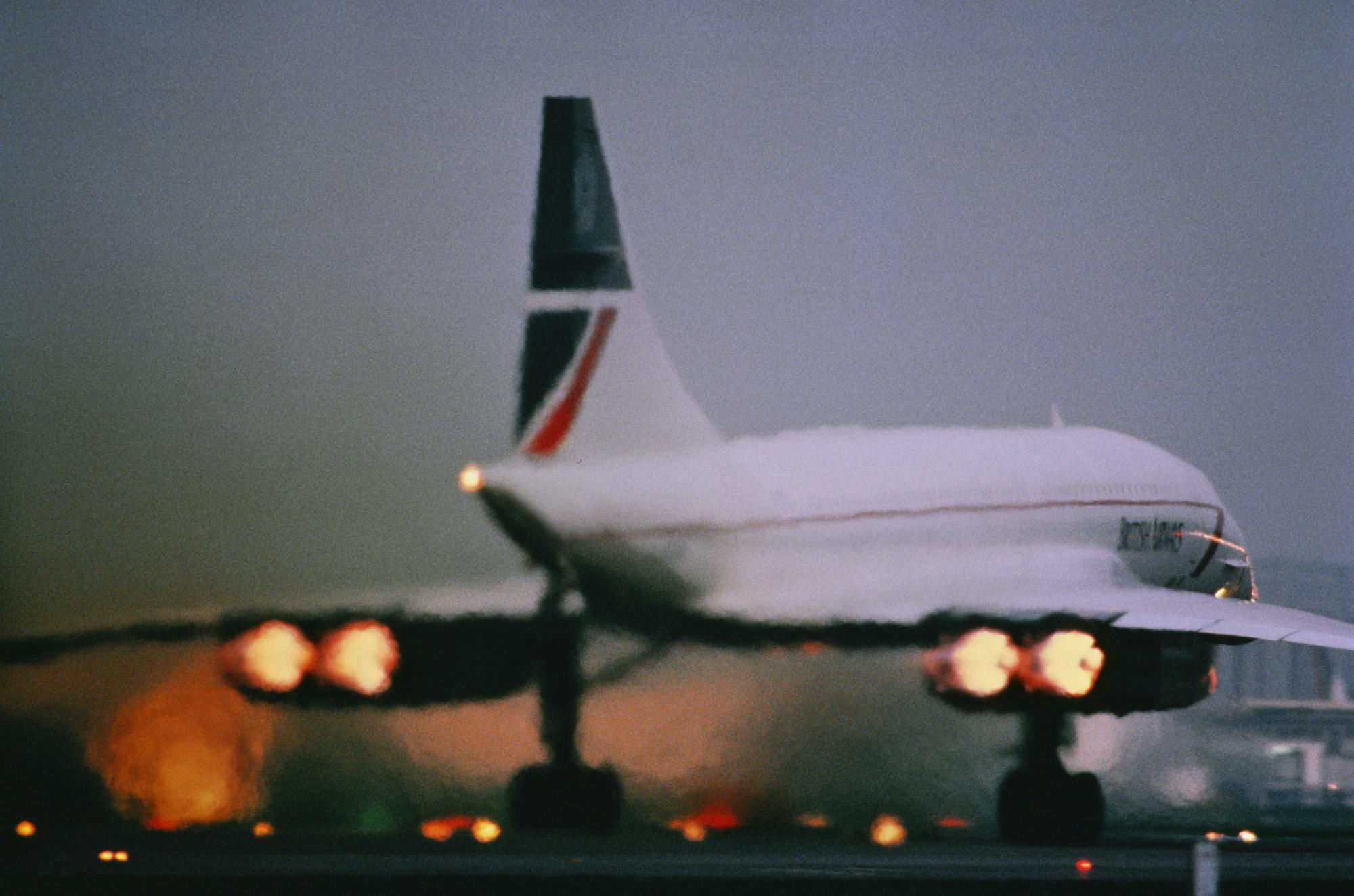

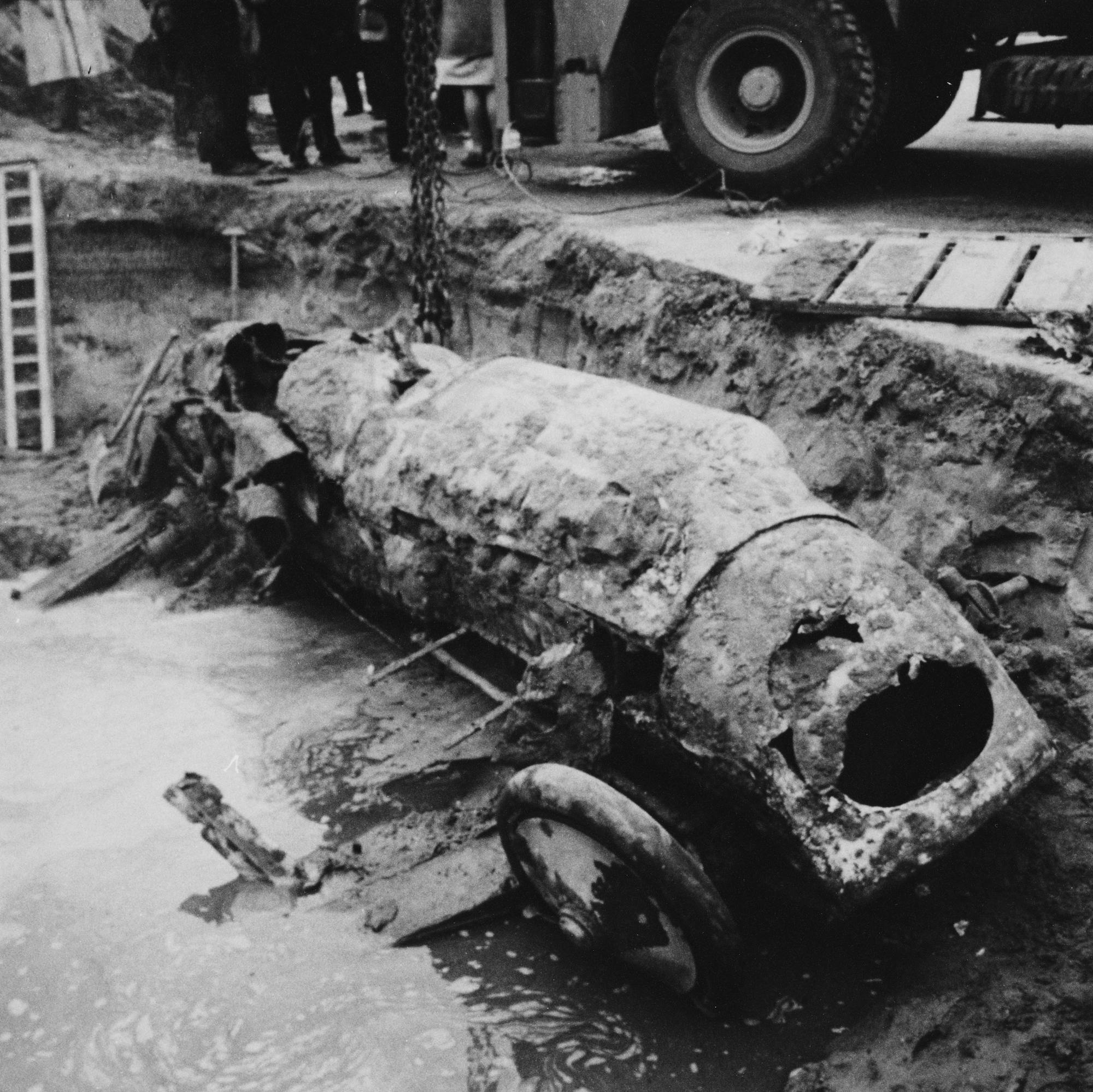
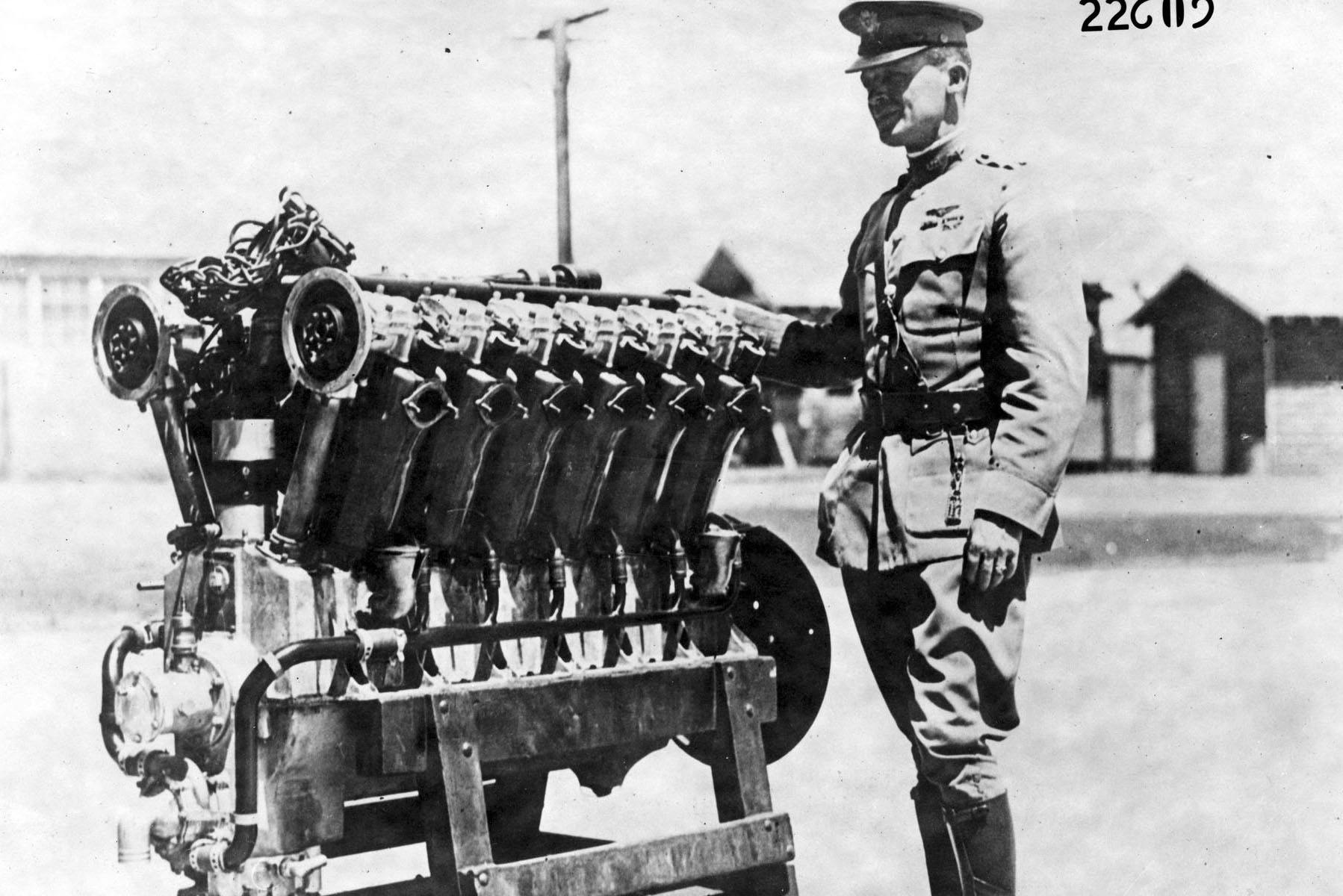
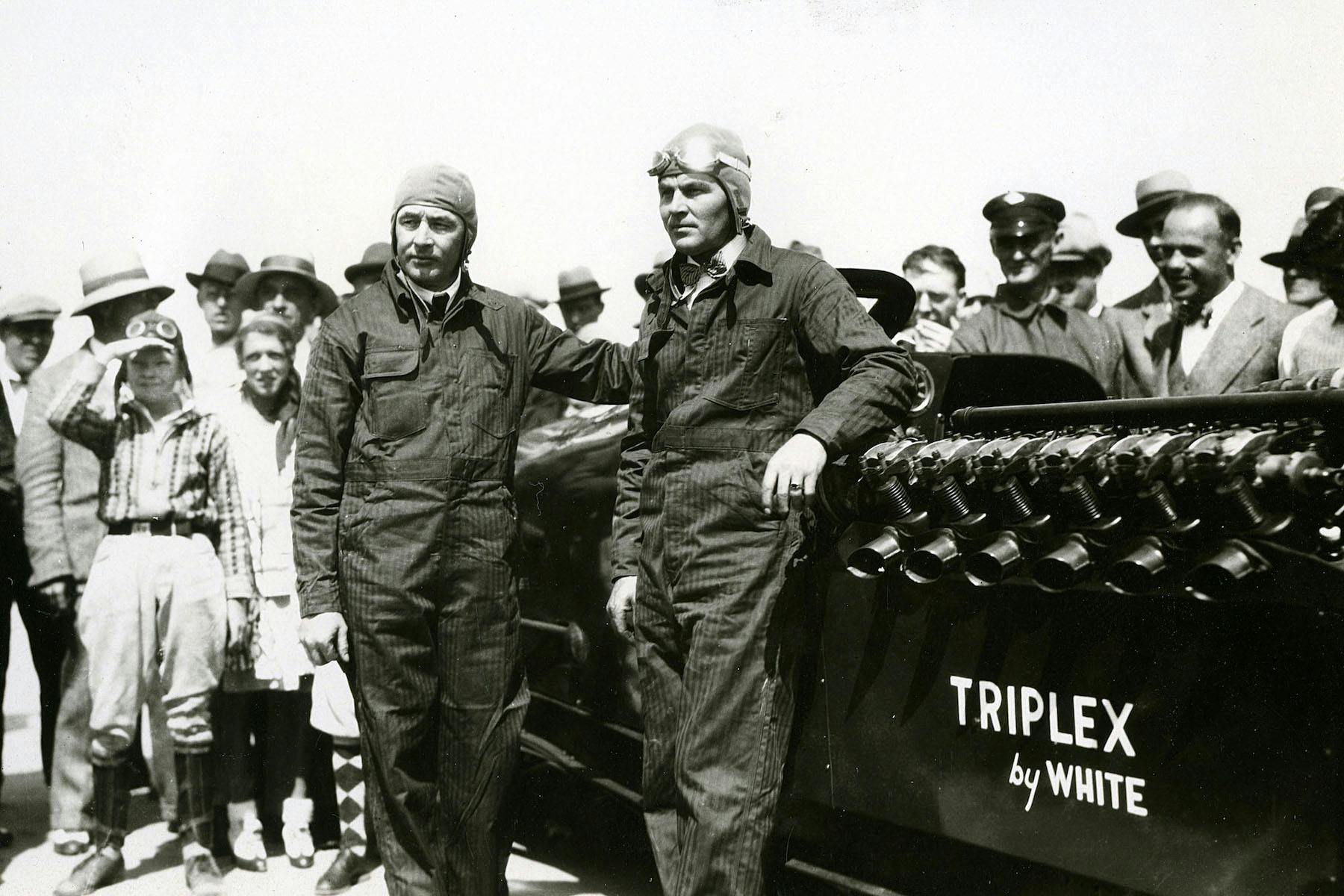
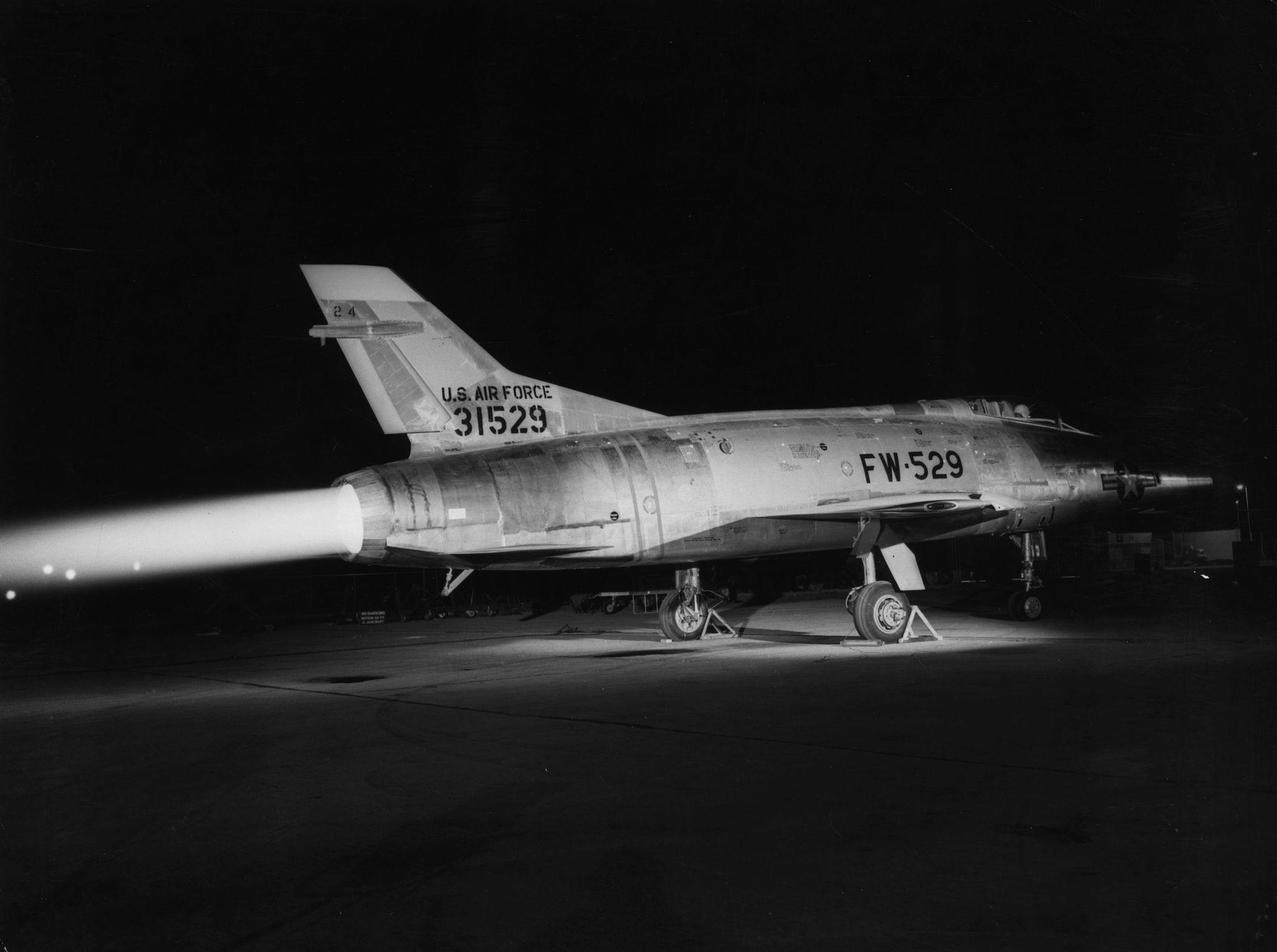
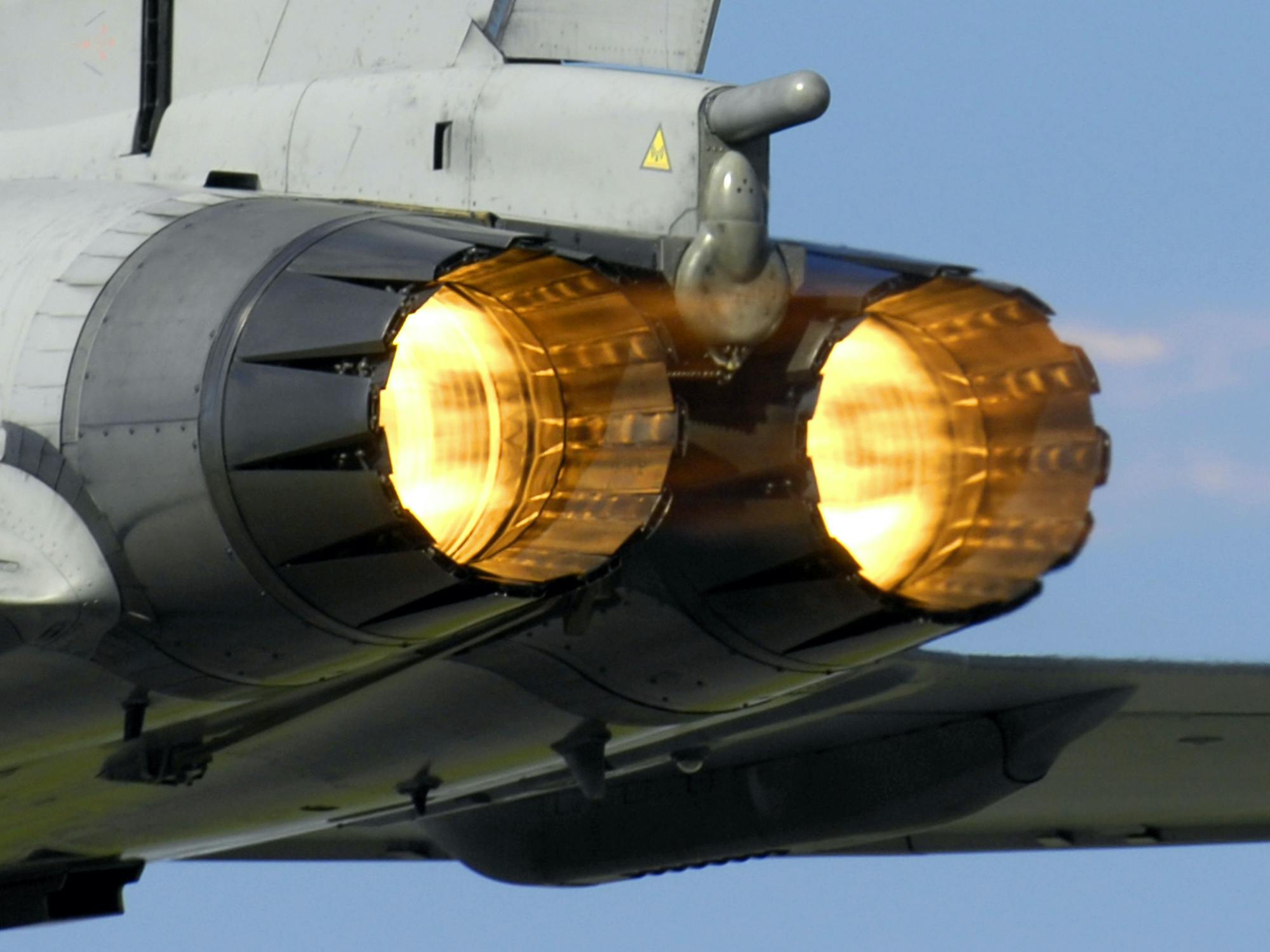
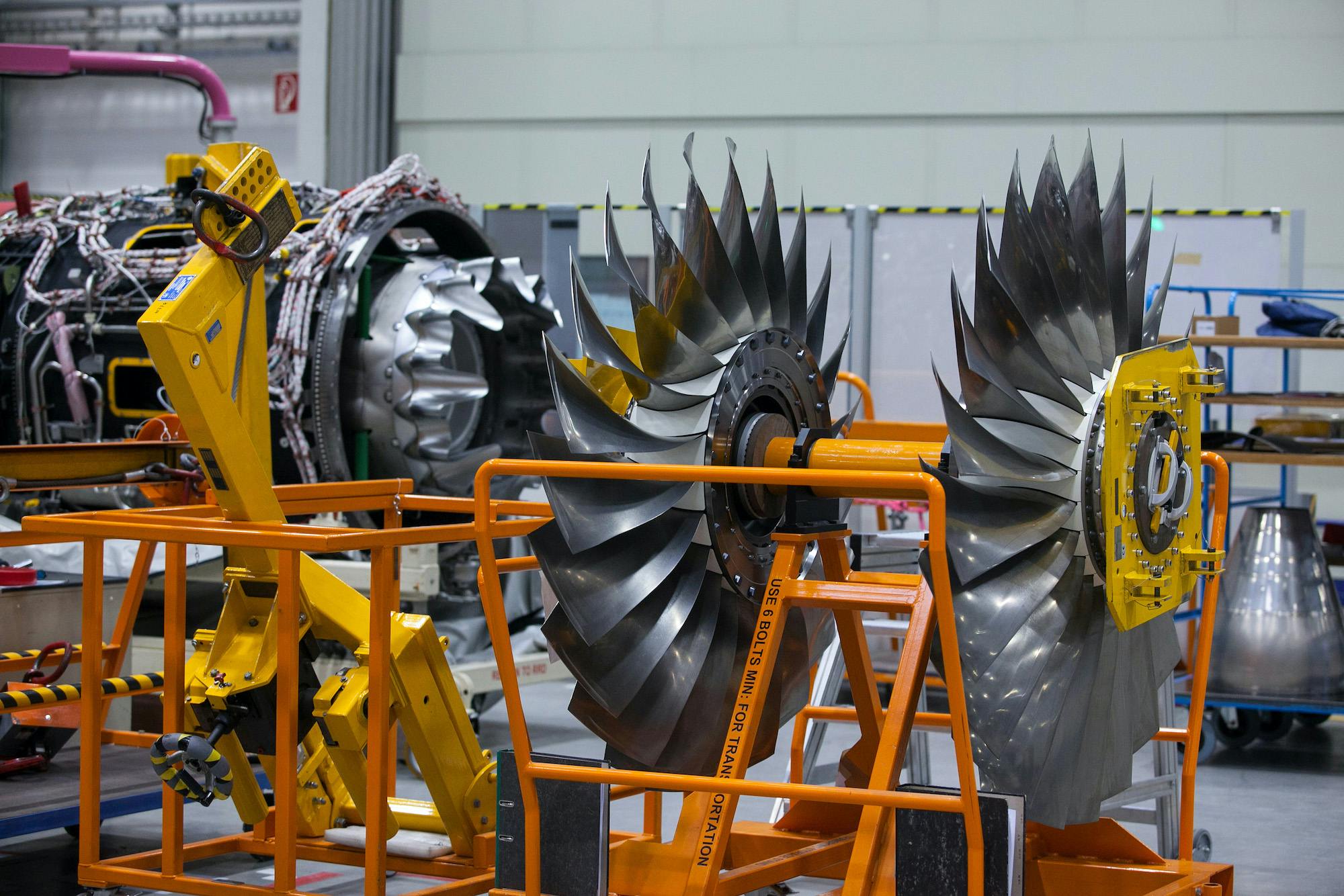
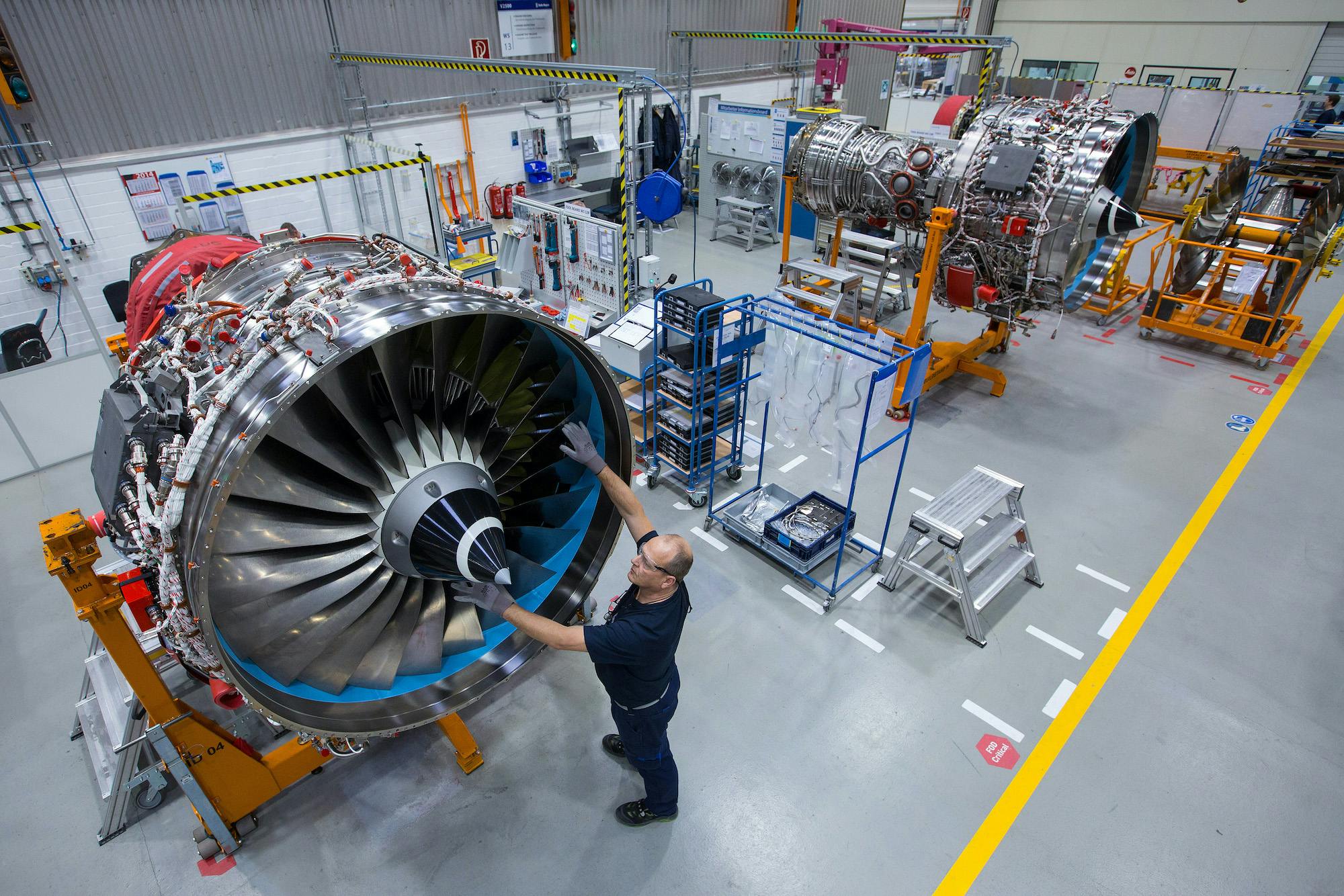
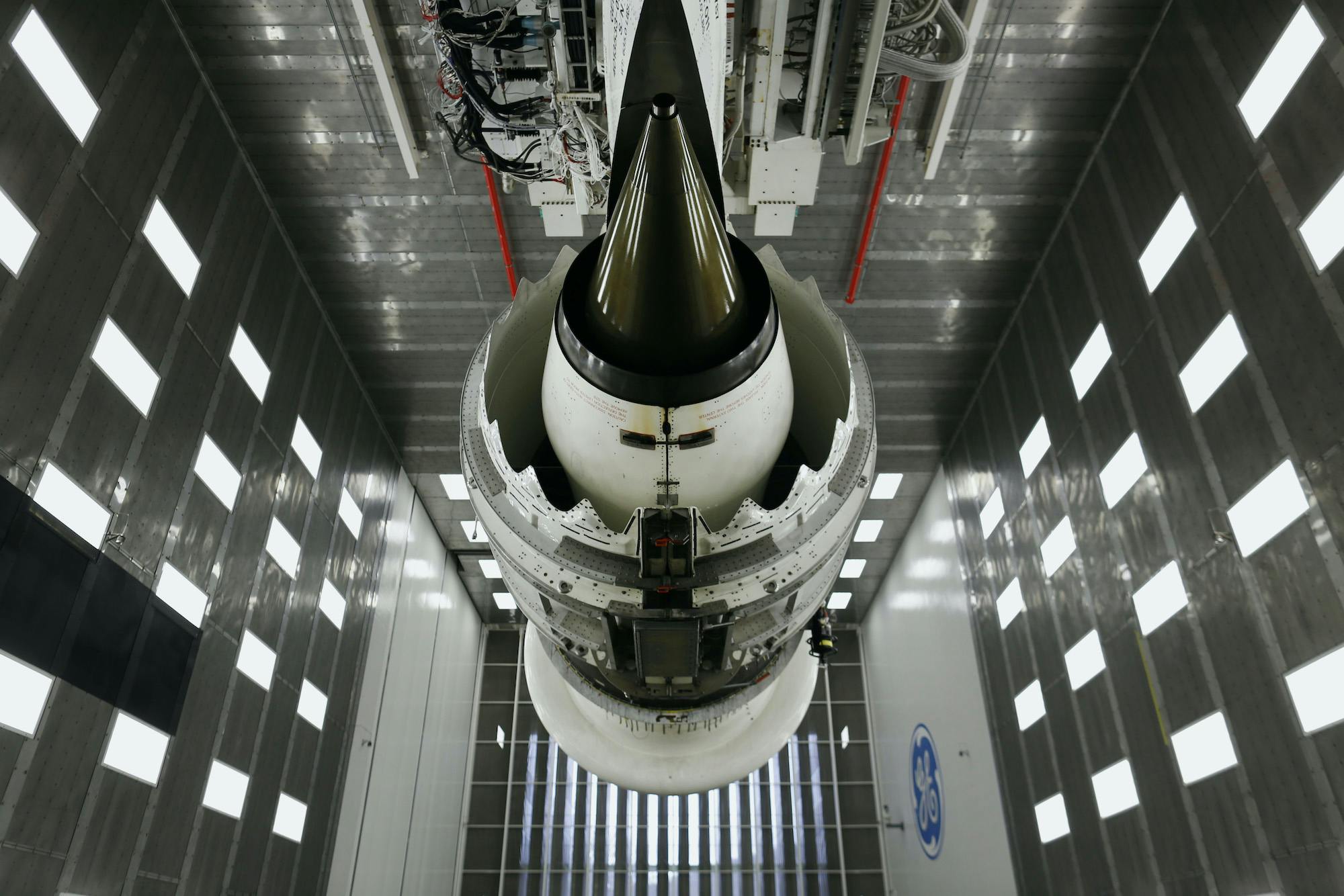
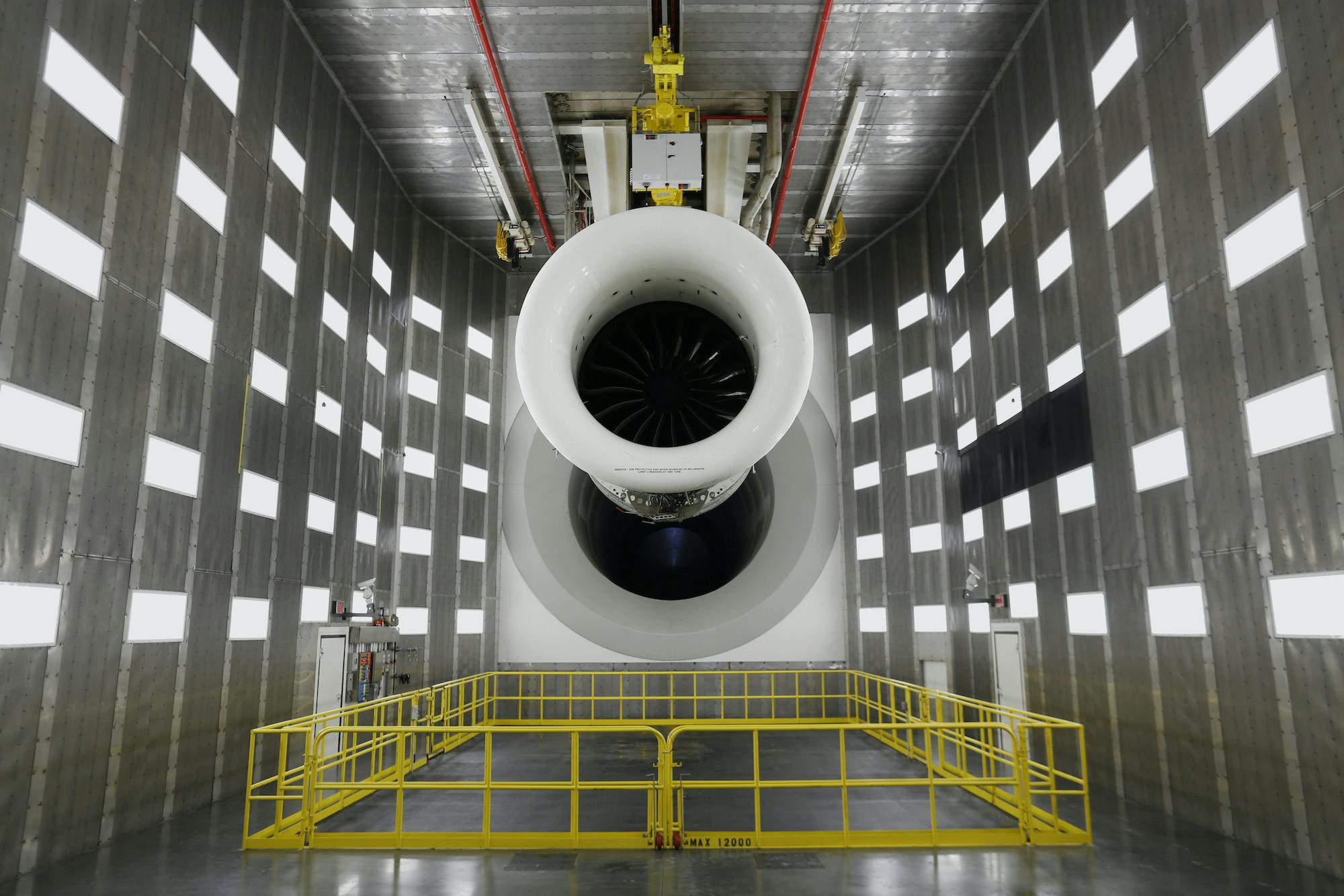


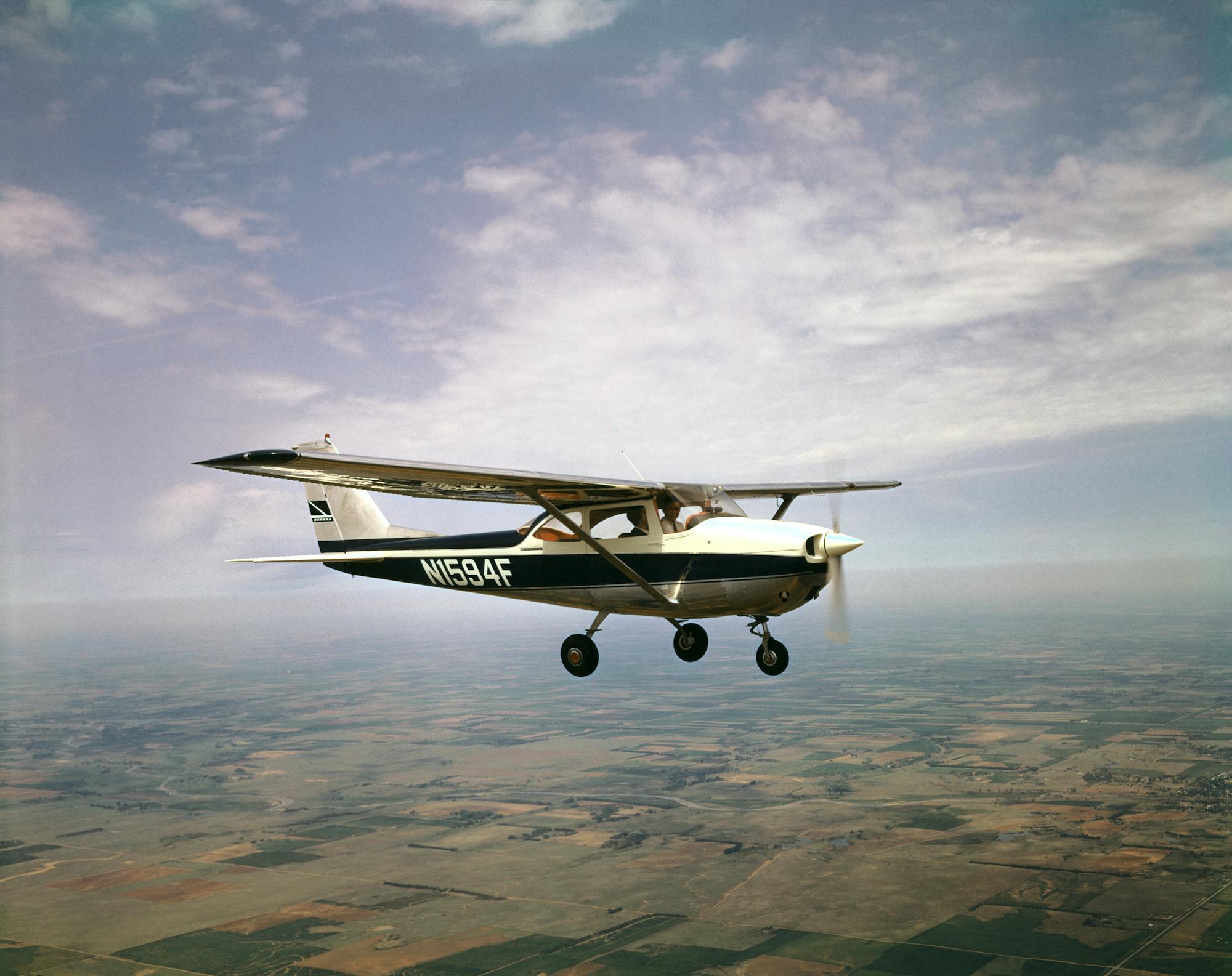
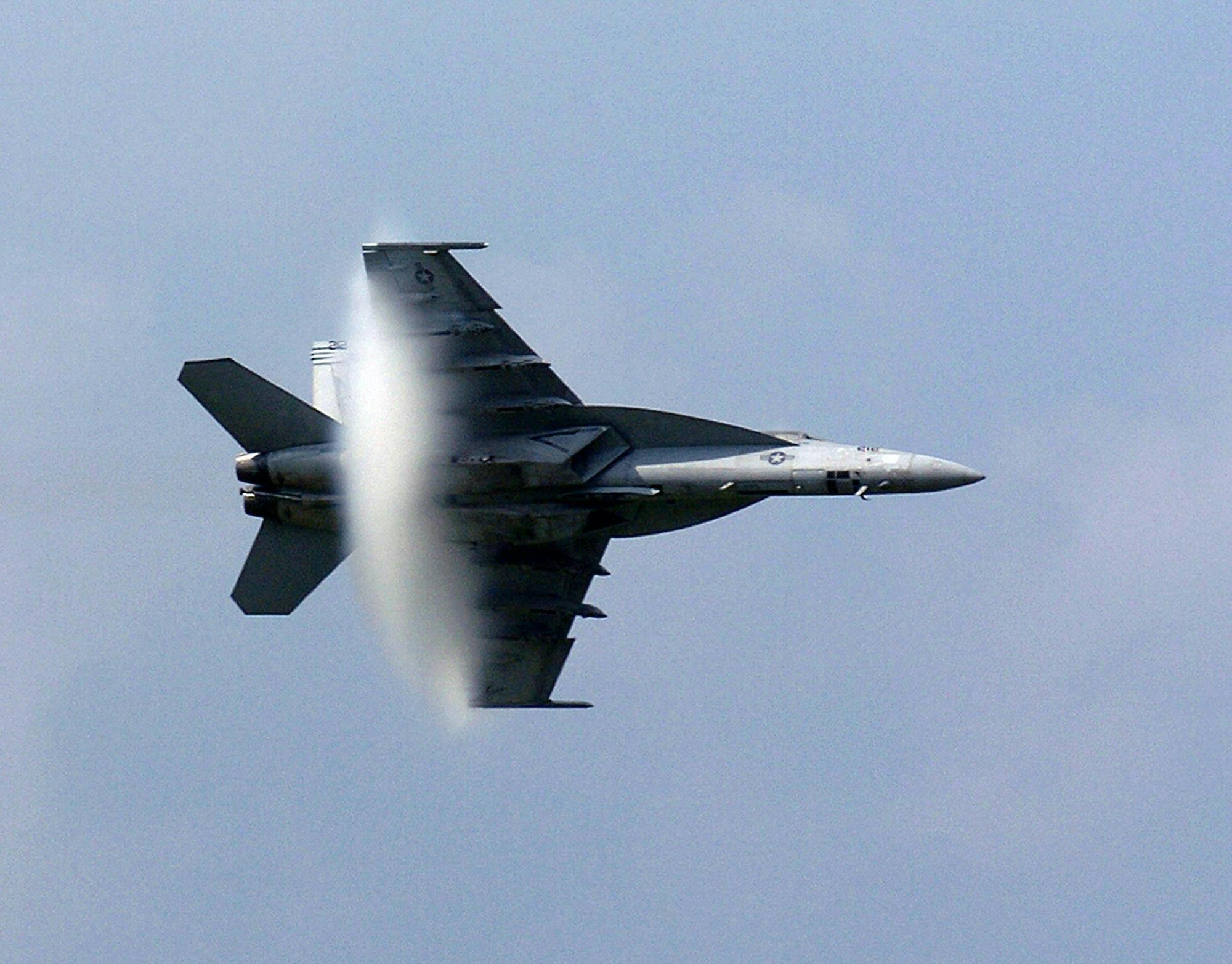
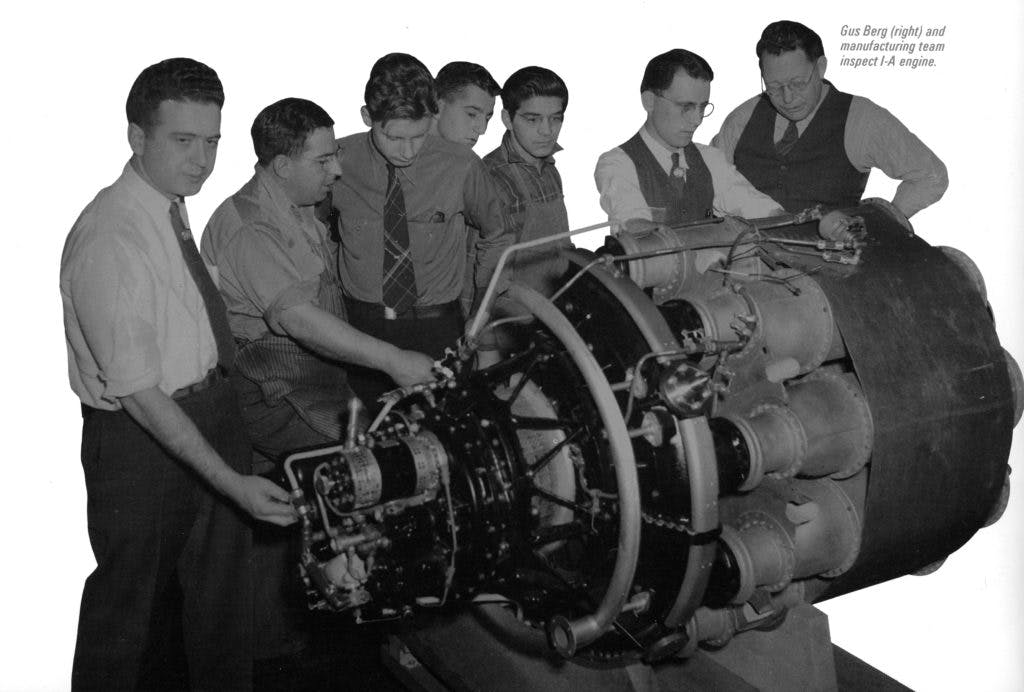
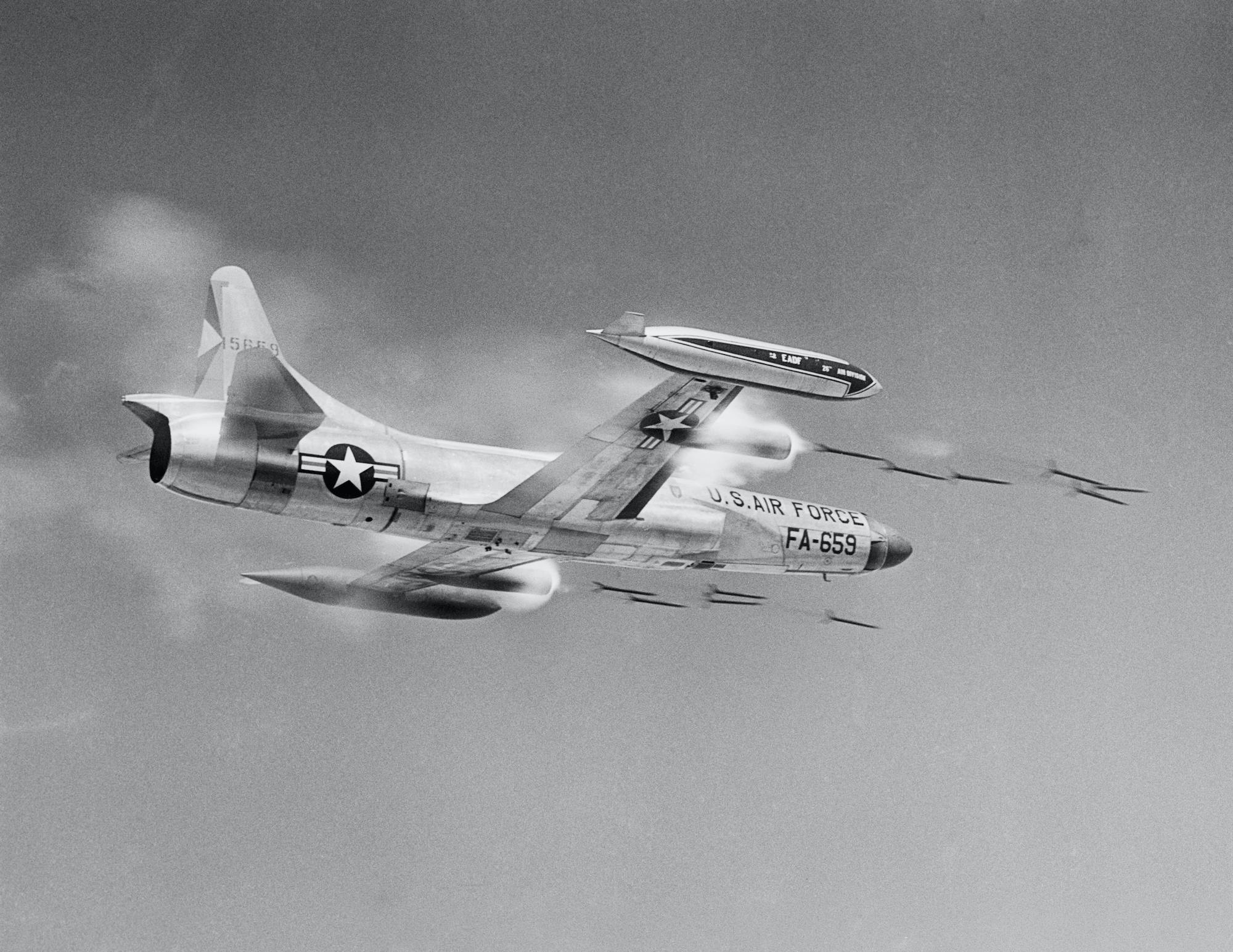

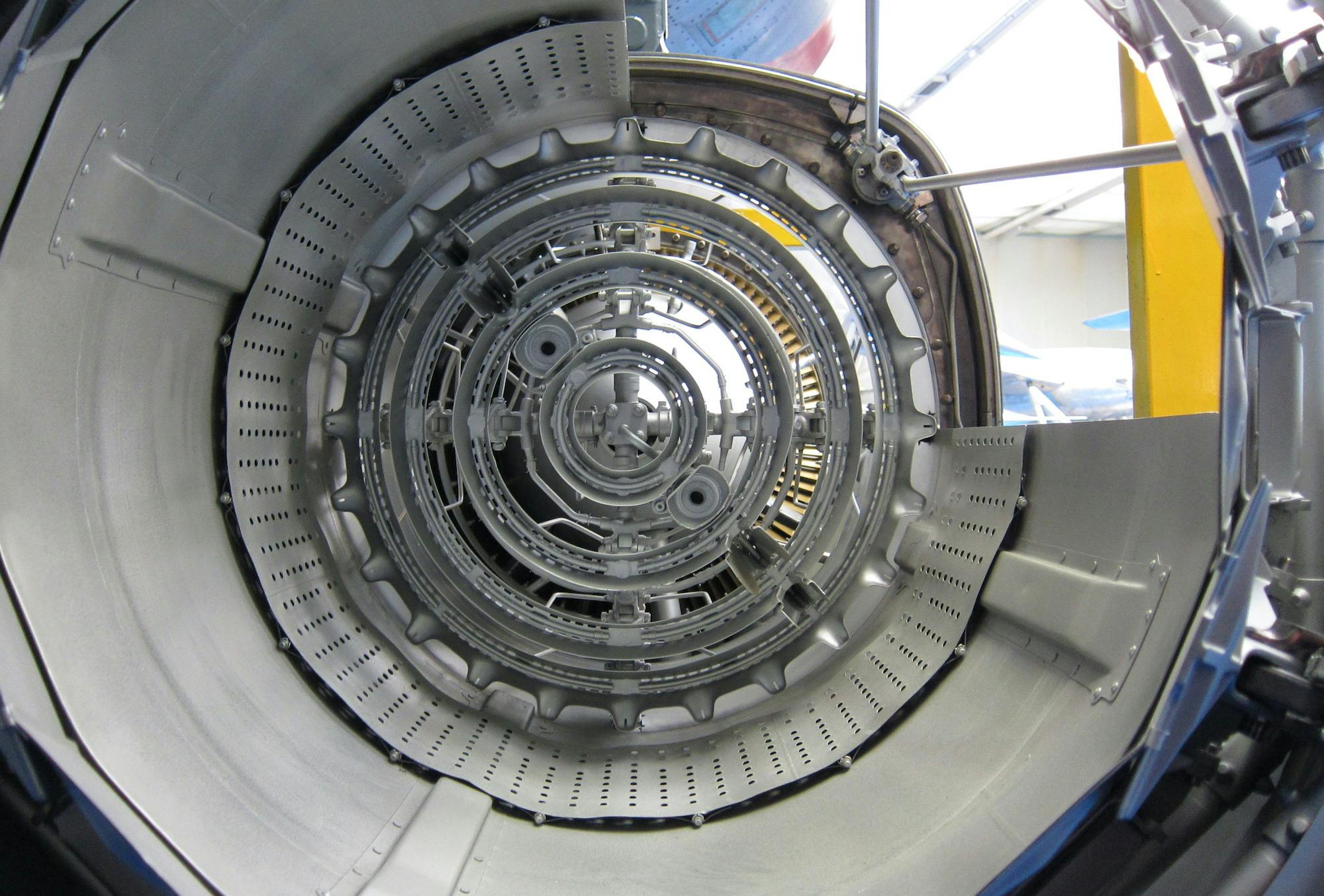
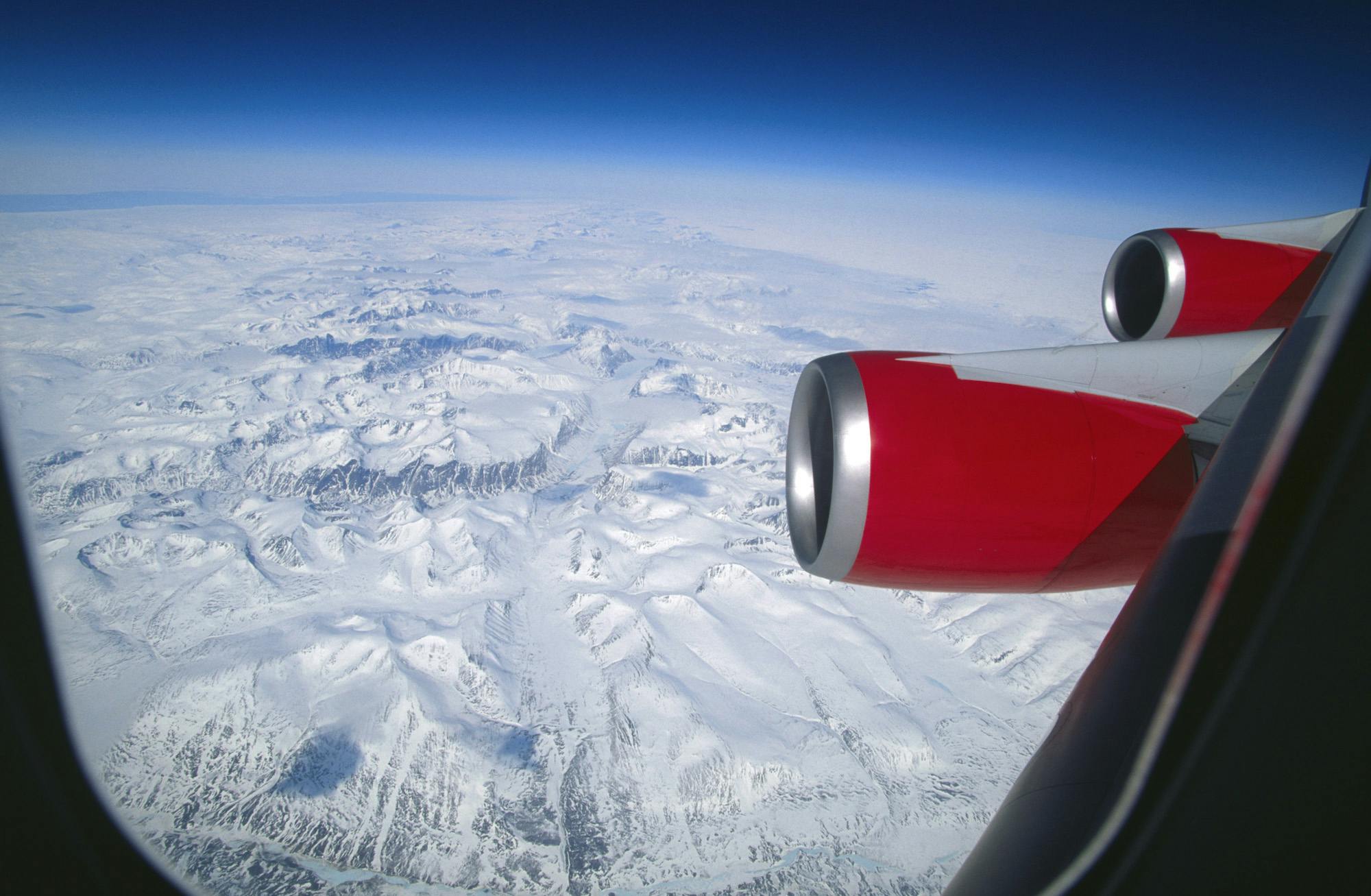
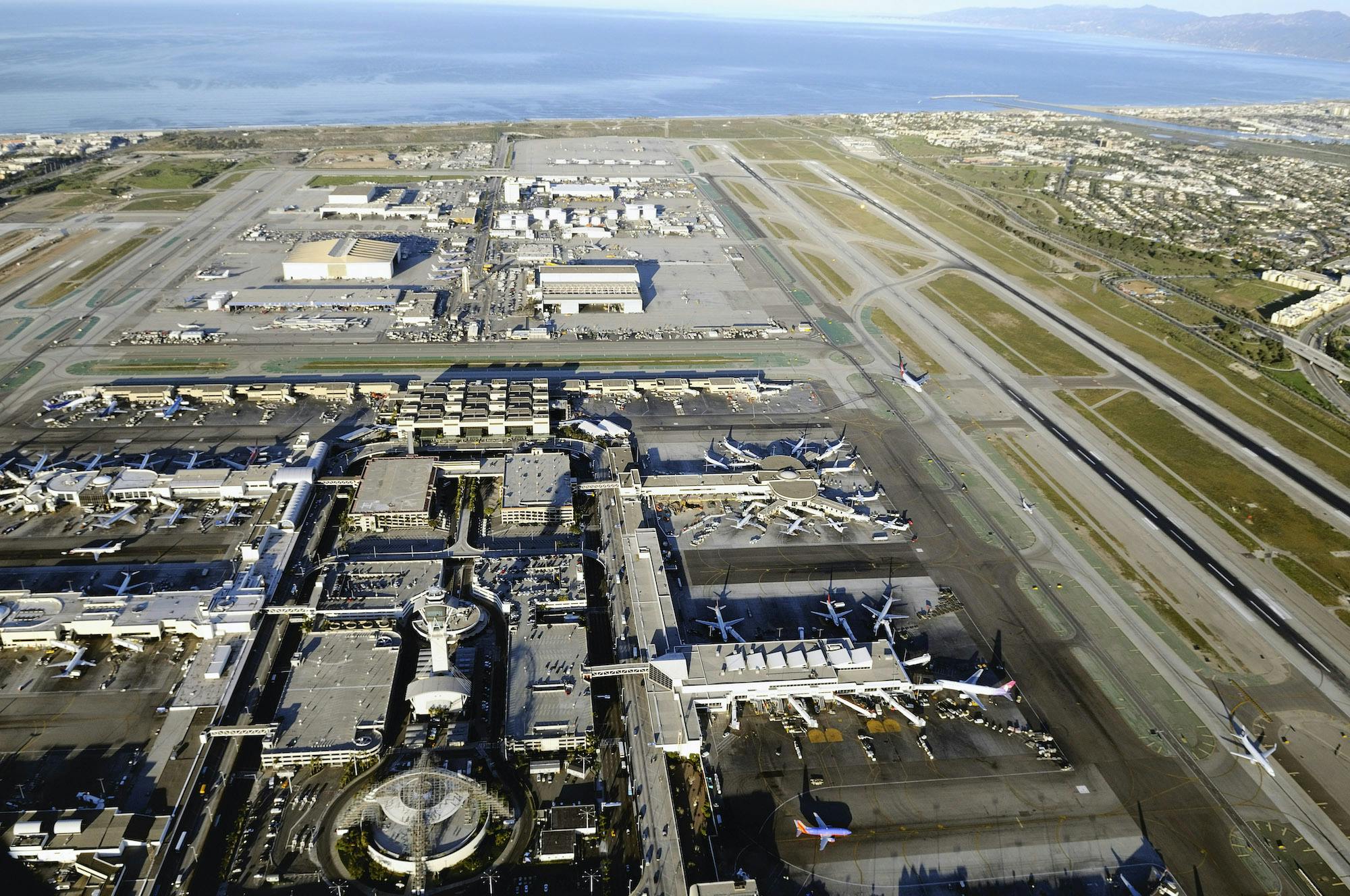











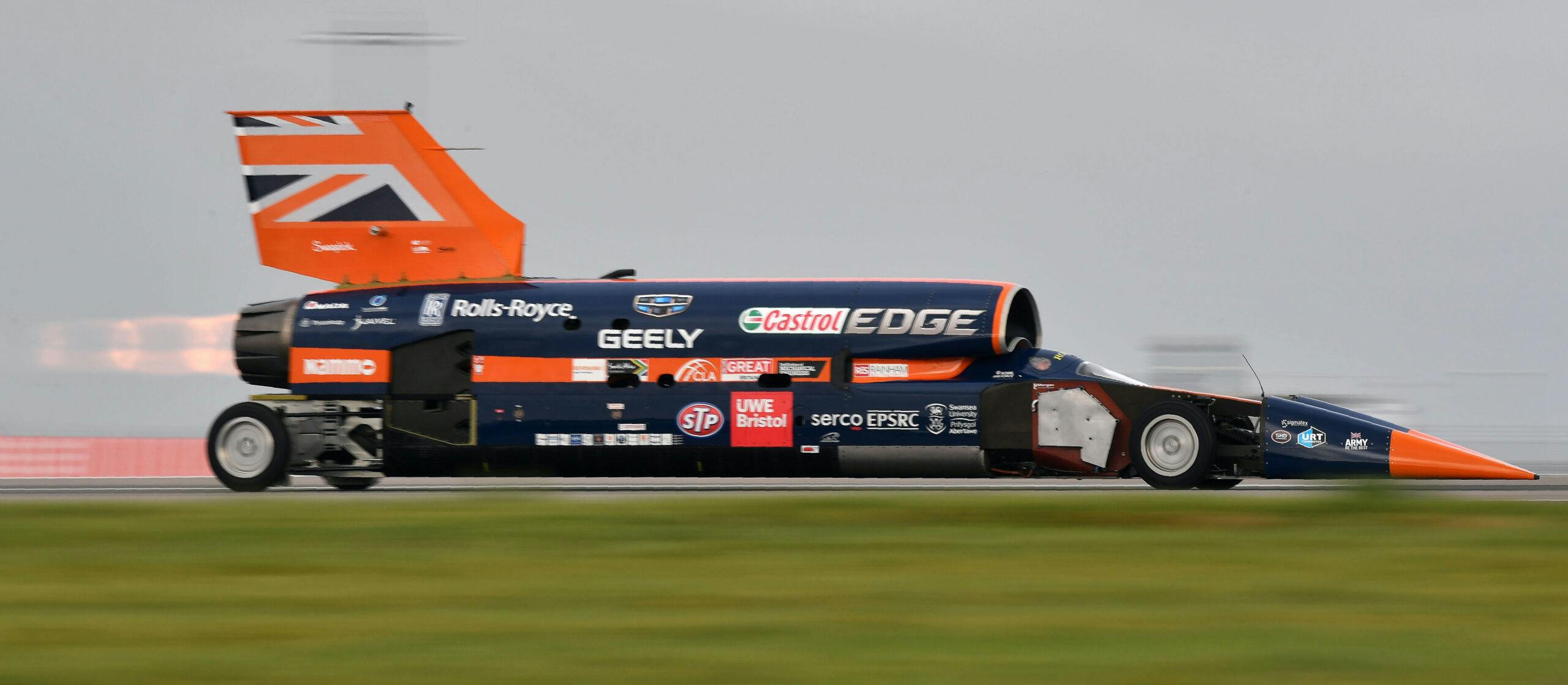






























Sam, you have more fun on airplanes than I do. Thanks for sharing, and may all of your chemical reactions be vigorous.
I really enjoyed your article. I have been in Jet engine design, production, and support for over 30 years, most of that working to make the pointy aircraft fly. Don’t get me wrong, tubes with wings are driven across the sky by engines with significant technology but as you say the “mission” is akin to a Greyhound bus. I love the line “All hail the ageless draw of machines that spit force and fire in service of speed” and your daughter’s Unicorn comment. Thanks.
Great piece Sam but you omitted “Crazy Rocketman” on YouTube.
Regarding the picture looking out the window at right wing and radial engines. It may be 1955 but it’s not a Lockheed Constellation. It’s an American Airlines Douglas DC-7.
Arg! Missed that, thank you—the Getty caption/metadata said Connie, and I didn’t stop to consider the nacelle shape while laying out the story and writing the caps.
Fixed, and much appreciated on the catch!
Worked at Pratt and Whitney in product development. Many interesting science projects for sure. Gas turbine engines are so loud, when the engines were running in the test cells you still needed ear protection in the control room. One old guy told me gas turbine engines have no soul.
I saw a MiG 17 (I think) light the burners at Sun-n Fun one year. The flame was a good deal longer than the plane.
Speed, light, and enough noise to piss off the neighbors.
Honestly, what else is there?
Airplane afterburners are the coolest and the SR-71 is the most amazing plane. Top Gun maverick was awesome to watch. The flight scenes were amazing. You need to see it in 4k/HDR.
The engines from the B70 would have been something to see in a jet car. The plane had six of them and was larger than a 727 but could nearly match the SR71 in speed.
In an early flight even the paint fell off due to heat. There is one left in Dayton Ohio. The power and technology in that plane has not really been match since.
Amazing what the slide rule could do in the 50’s.
FYI Top Gun is what most real pilots get a laugh at. It is much like to planes as the Fast and Furious is to cars.
Truth is much more than fiction.
I think it was less about the slide rule and more about the fact that they spent money on actual things rather than made up bs( I would be banned if I gave examples but hazard guesses for yourself)
Re: Top Gun and F&F: Good analogy. Always assumed as much. Hollywood gonna Hollywood. I watch each for the same reason: over-the-top cartoonishness that does decent legwork as mindless entertainment.
The machine eye-candy in TG is a hell of a lot better than in F&F, admittedly!
Awesome read!
“…droplets of micrometer size…” Now I can’t stop thinking about fuel droplets the size and shape of micrometers.
Clicked on Bloodhound image. Not disappointed that it was not referenced by name once.
Great piece…as the son of a career (cold war era) fighter pilot I grew up with this stuff. Slight sidebar: I highly rec the book “Boyd” by Robert Coram, if you haven’t already read it. Essentially, the man behind the F-16, John Boyd. His mission…develop a bird that “would fly up it’s own A**hole.” Great, fast read…you won’t be able to put it down!